Description
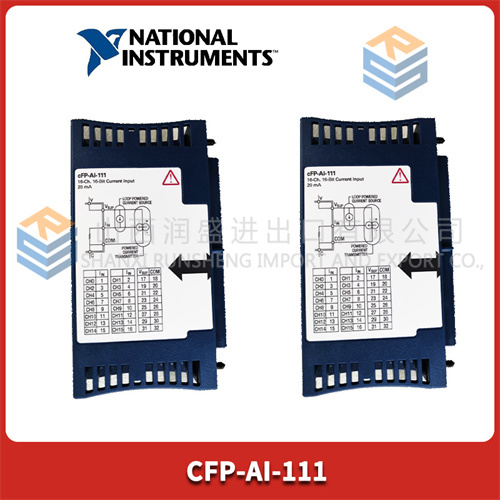
1. Product Overview
Without specific information from the manufacturer, we can make some educated assumptions about the CFP – AI – 111. Based on common naming conventions in industrial automation, “CFP” could be the brand or product series identifier, “AI” often stands for Analog Input, and “111” might be a model – specific number. So, it’s likely an analog input module used in industrial control and data acquisition systems.
2. Key Functions
- Analog Signal Acquisition: The primary function of the CFP – AI – 111 is to acquire analog signals from various sensors. These sensors could measure physical quantities such as temperature, pressure, flow, or 液位 (liquid level). For example, it can connect to a temperature sensor and convert the analog voltage or current output of the sensor into a digital value that can be processed by a programmable logic controller (PLC) or a data acquisition system.
- Signal Conditioning: It may also perform signal – conditioning tasks. This can include amplifying weak signals from sensors, filtering out noise to improve the signal – to – noise ratio, and linearizing non – linear sensor outputs. For instance, if a pressure sensor has a non – linear output characteristic, the module can convert it into a linear relationship for easier processing.
3. Product Parameters
| Parameter | Hypothetical Specification |
|---|---|
| Supply Voltage | 24 VDC, a common voltage in industrial control systems, providing a stable power source for the internal circuitry. |
| Number of Channels | 4 analog input channels, allowing it to simultaneously acquire signals from multiple sensors. |
| Input Signal Types | It can accept different types of analog input signals, such as 0 – 10 VDC, 4 – 20 mA. This flexibility enables it to interface with a wide range of sensors. |
| Input Impedance | For voltage inputs, the input impedance could be very high, e.g., 1 MΩ or more, to minimize the loading effect on the sensors. For current inputs, it would have a low impedance to ensure accurate current measurement. |
| Resolution | 16 – bit resolution, which provides relatively high – precision measurement of the analog signals. This means it can distinguish between small changes in the input signal. |
| Sampling Rate | Up to 100 samples per second, suitable for most industrial applications where real – time monitoring is required but not extremely high – speed data acquisition. |
| Isolation | Electrical isolation between the input channels and the power supply and the output interface. This isolation helps protect the module and the connected control system from electrical interference and potential damage. |
| Operating Temperature | – 20°C to 60°C, allowing it to operate in a wide range of industrial environments. |
| Dimensions | [Length: 100 mm, Width: 80 mm, Height: 30 mm], a compact size for easy installation in control panels. |

4. Advantages and Features
- High – Resolution Measurement: The 16 – bit resolution ensures accurate measurement of analog signals, which is crucial for applications where precise control or monitoring is required. For example, in a chemical process, accurate temperature measurement can help maintain the quality of the chemical reaction.
- Flexible Input Types: The ability to accept different types of analog input signals makes it compatible with a wide variety of sensors. This reduces the need for multiple types of input modules and simplifies the system design.
- Isolation Protection: The electrical isolation protects the module and the connected control system from electrical interference and short – circuits. This improves the reliability and longevity of the system.
5. Application Areas
- Industrial Automation: In manufacturing plants, it can be used to monitor and control various processes. For example, it can measure the temperature and pressure of a furnace in a metal – smelting process and send the data to a PLC for control.
- Building Automation: In commercial buildings, it can be used to measure environmental parameters such as temperature, humidity, and light intensity. This data can be used to control the HVAC (Heating, Ventilation, and Air – Conditioning) and lighting systems.
- Energy Management: In power plants or energy – consuming facilities, it can measure parameters such as power consumption, voltage, and current. This data can be used for energy – efficiency analysis and optimization.
6. Selection Considerations
- Channel Requirements: Determine the number of sensors you need to connect and choose a module with an appropriate number of input channels.
- Input Signal Types: Ensure that the module can accept the types of analog signals produced by your sensors.
- Resolution and Sampling Rate: Consider the level of measurement accuracy and the speed at which you need to acquire data. For applications requiring high – precision and fast – changing signals, a module with higher resolution and sampling rate is needed.
- Compatibility: Make sure the CFP – AI – 111 is compatible with your existing control system, such as the PLC or data acquisition software.
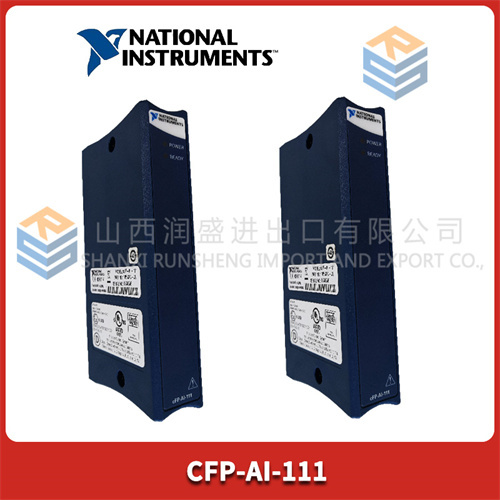
7. Precautions
- Installation: Follow the installation instructions carefully. Ensure proper grounding and wiring to prevent electrical interference and signal degradation.
- Calibration: Periodically calibrate the module to maintain measurement accuracy. Calibration ensures that the digital values output by the module accurately represent the analog input signals.
- Environmental Protection: Protect the module from extreme environmental conditions such as high humidity, dust, and corrosive substances. This can help extend its lifespan and ensure reliable operation.





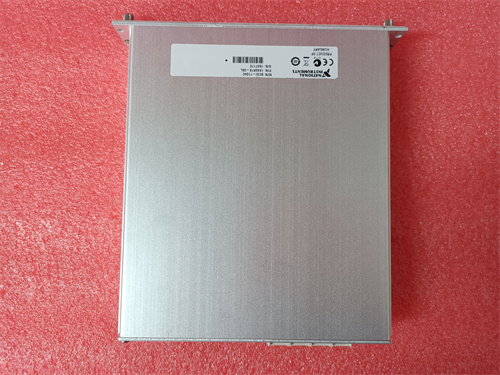


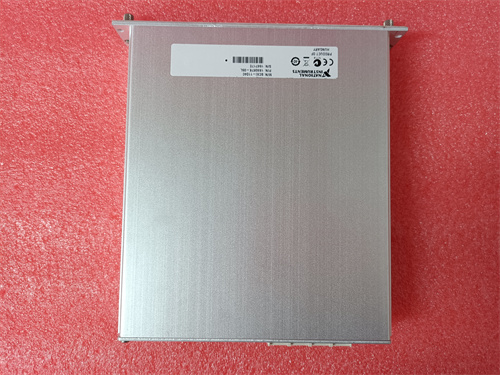
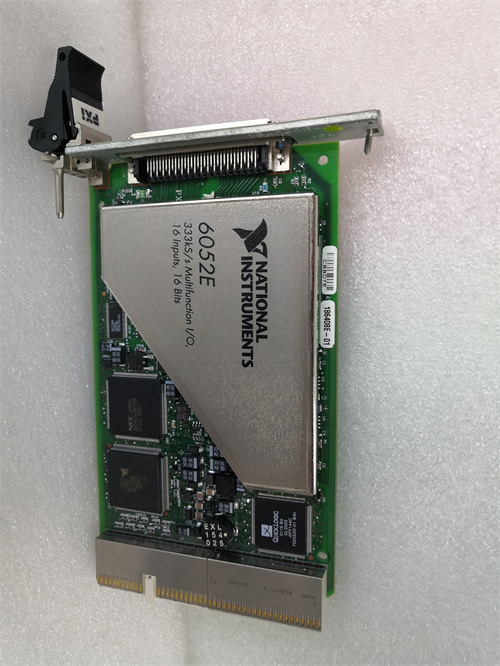
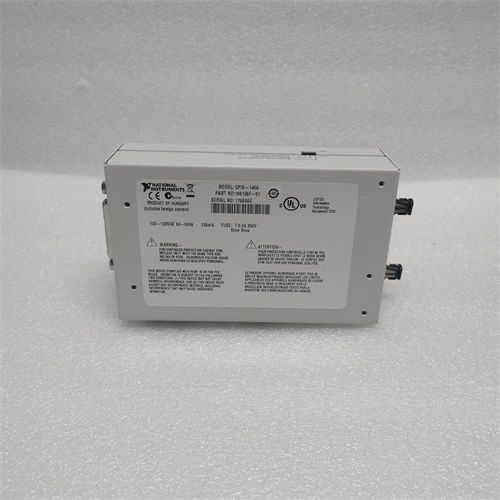
Reviews
There are no reviews yet.